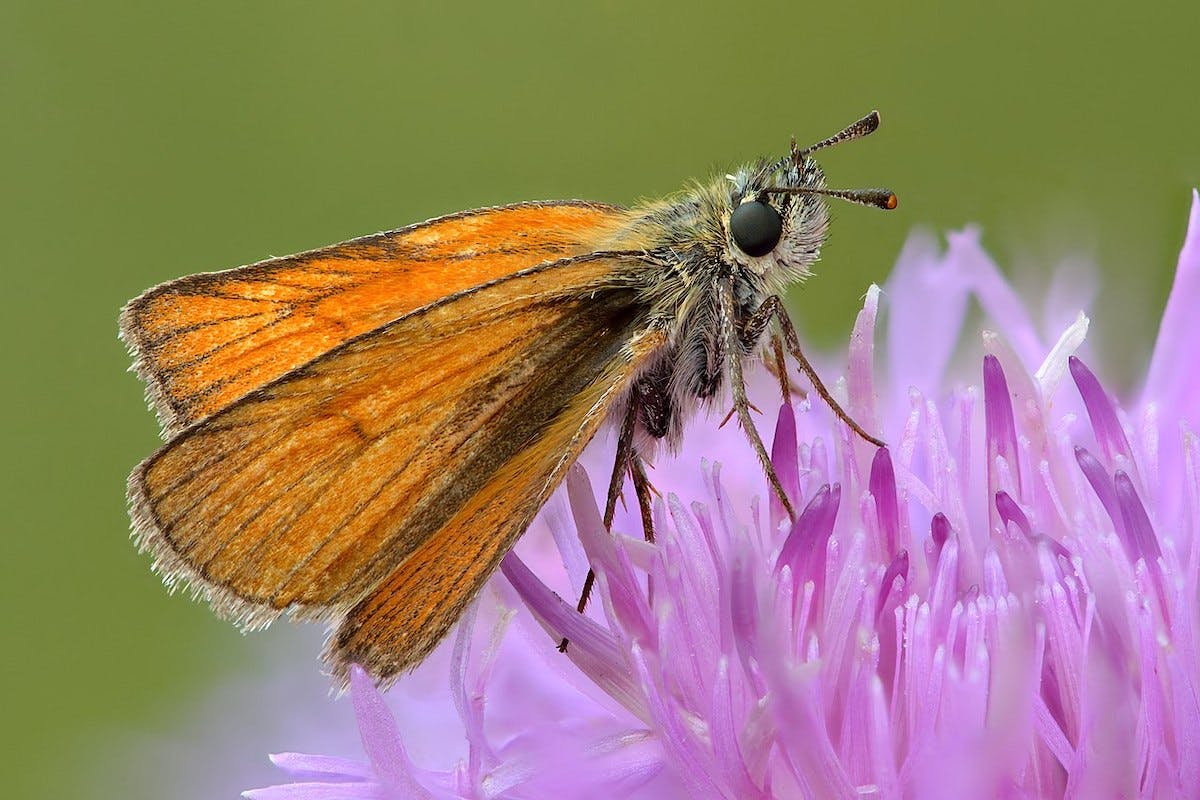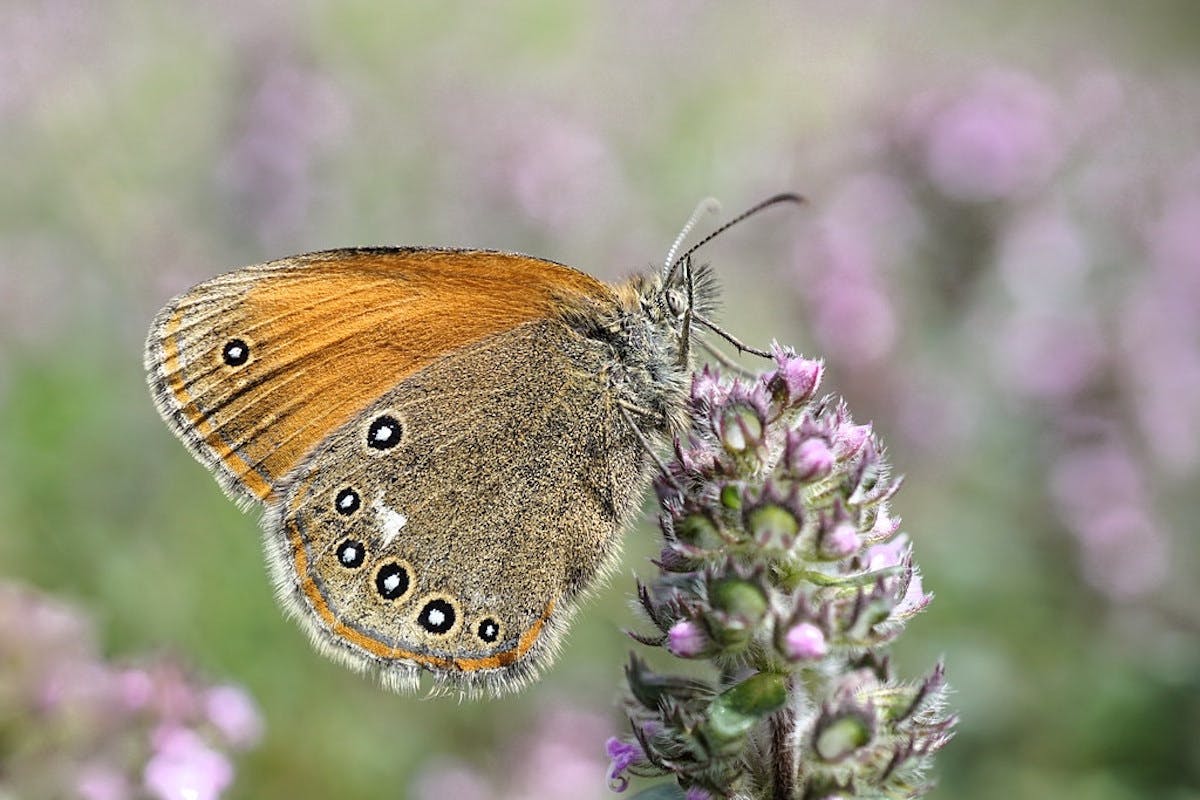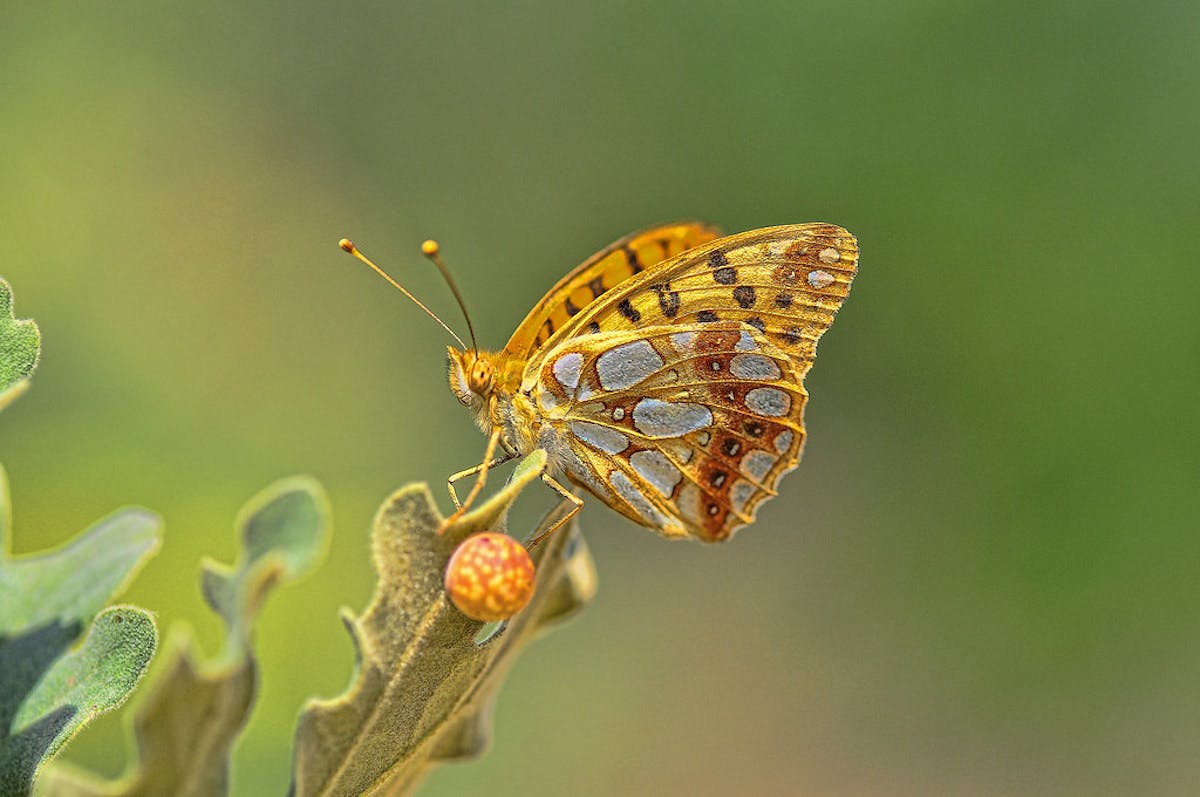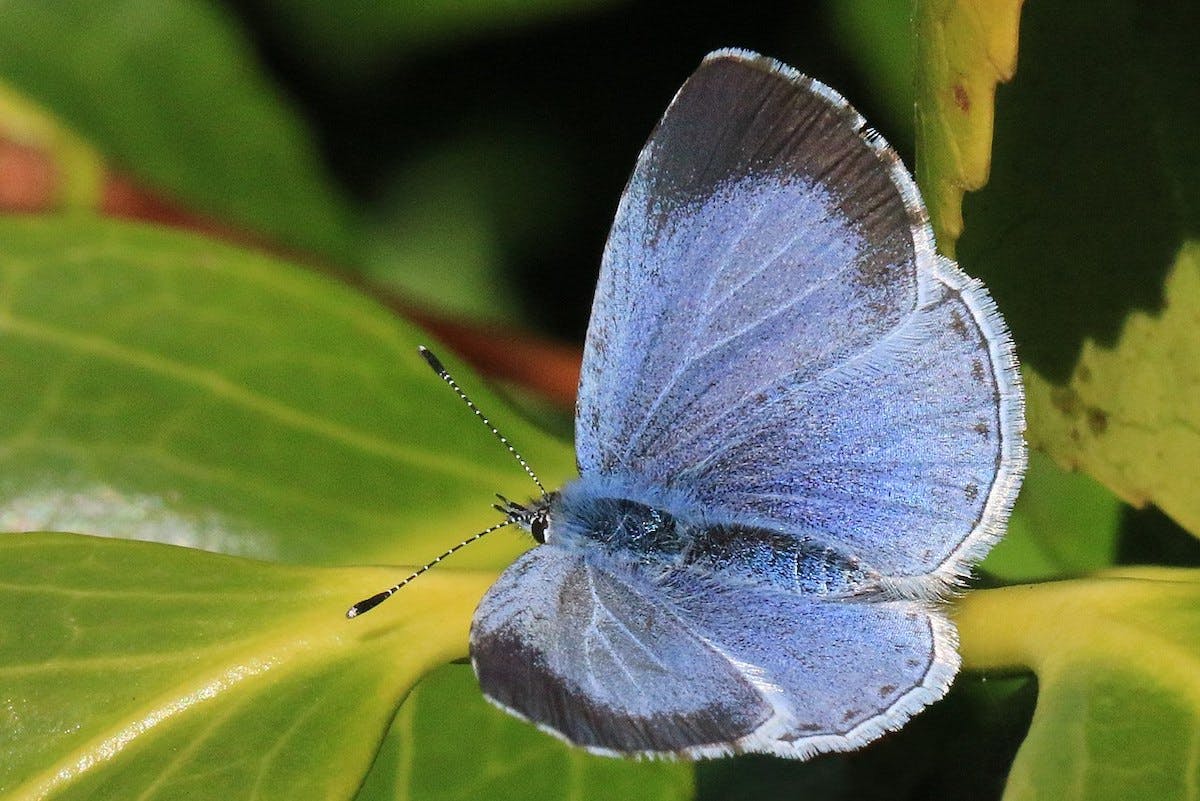- Management Plan
- Final Report
- Total budget: £28,000
- Budget spent: £28,000
- Status: Post-Implementation Monitoring
Butterflies are one of nature’s most eye-catching creations and best embodiments of beauty. They also act as important health indicators of their environment. Many butterfly species are specialists, meaning they require very specific food and habitat conditions to complete their life cycles. Consequently, this makes butterflies highly susceptible to environmental changes. Across much of Europe, both overgrazing and undergrazing as well as changes in forestry practices are affecting butterfly habitats and driving populations down. This project seeks to rewild a butterfly meadow in an area of Slovakia called Beckovske Skalice (near Beckov castle). We are working with BROZ to improve the conditions for butterfly and moth host plants through conservation grazing and clearing shrubs and woody vegetation from overgrown meadows.
Project Timeline
Ongoing until 2029, thereafter every 3 years
Monitoring of plant and butterfly species.
A Bug Problem
Butterflies and moths are part of the most diverse group of organisms in the animal kingdom - insects. Up to two thirds of our planet’s 1.5 million recorded animal species are insects with butterflies having their share of the diversity. There are 482 species of butterflies in Europe of which almost a third are endemic. But bugs are in trouble. Their numbers are declining globally at an unprecedented rate, butterflies being no exception. A third of butterfly populations are stated on the European Red List as in decline since 2009. To preserve these beautiful species and their rich biodiversity, we need to look at the strong bond between butterflies and their host plants.
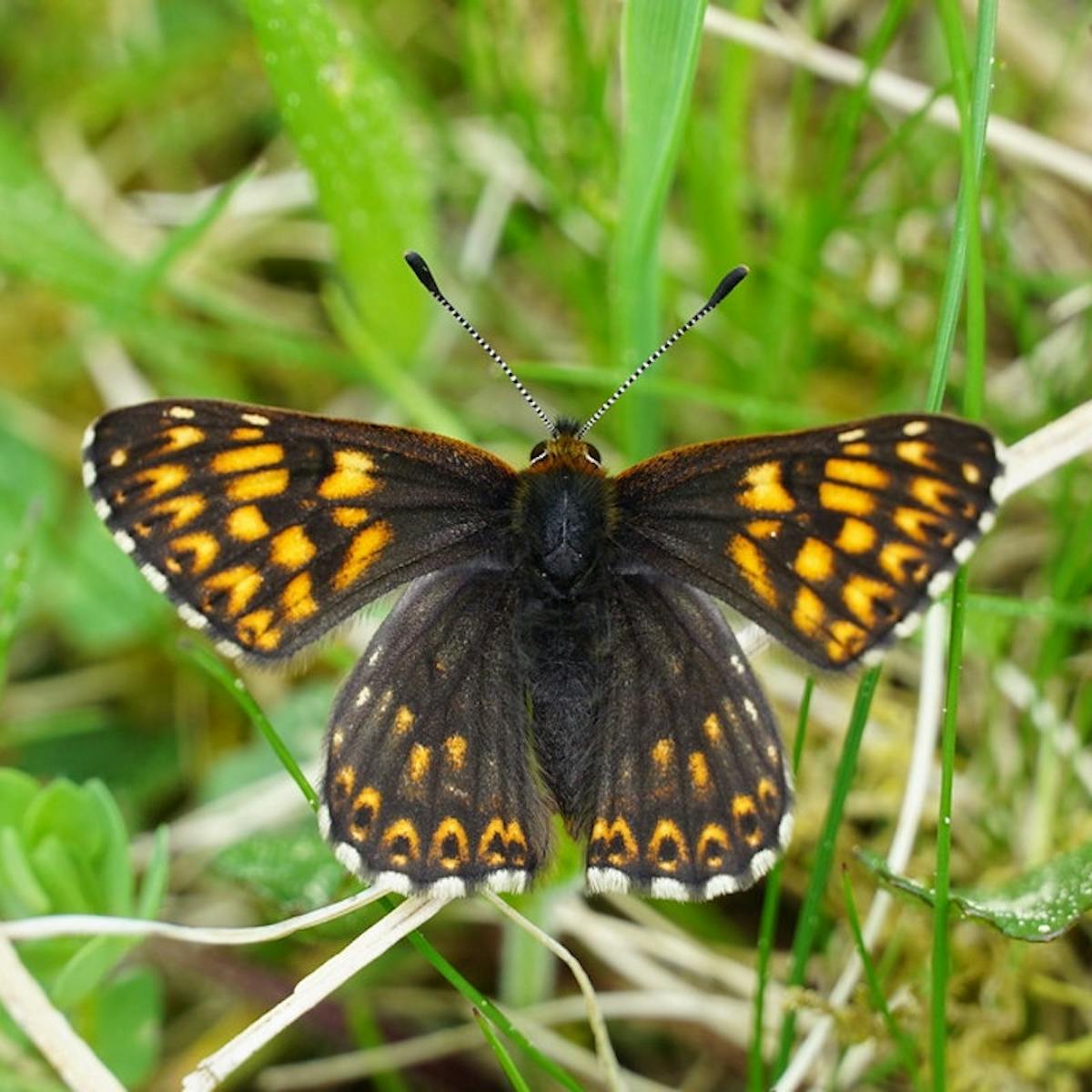
Specialist Species: butterflies & host plant relationships
Some species of butterfly are monophagous meaning they rely solely on a certain plant species to lay their eggs for their larvae to feed on. Therefore, to create conditions for these butterflies, we must consider the conditions their host plants thrive in. For host plants of many European butterflies the optimal conditions are often maintained by grazing animals. This is because they require either short vegetation cover or they grow in places where the soil has been disturbed by animal hooves.
The relationships between butterflies and their host plants can involve intricate and fascinating interactions. In some cases, butterflies will lay their eggs not only on a particular plant species, but also exclusively during certain stages of the plant’s growth. Take the Danube clouded yellow (Colias myrmidone) butterfly for example. The female lays its eggs individually on the tops of young shoots of plants belonging to the genus Chamaecytisus. The female searches for the fresh nutritious shoots because this is what her caterpillars feed on once they hatch. However, the host plant needs to be grazed regularly. If not grazed, the plants will go into a vegetative state and will stop producing the young shoots necessary for the caterpillar’s development.
This intricate interaction between the butterfly and its host plant means that many butterfly species are very sensitive to changes in their environment. The Danube clouded yellow, for instance, has gone extinct from many countries of Western and Central Europe because of the changes in agriculture during the 21st century. The remaining populations are small and sparsely scattered in Slovakia, Poland and Romania, making it one of the most threatened of Europe’s butterflies.
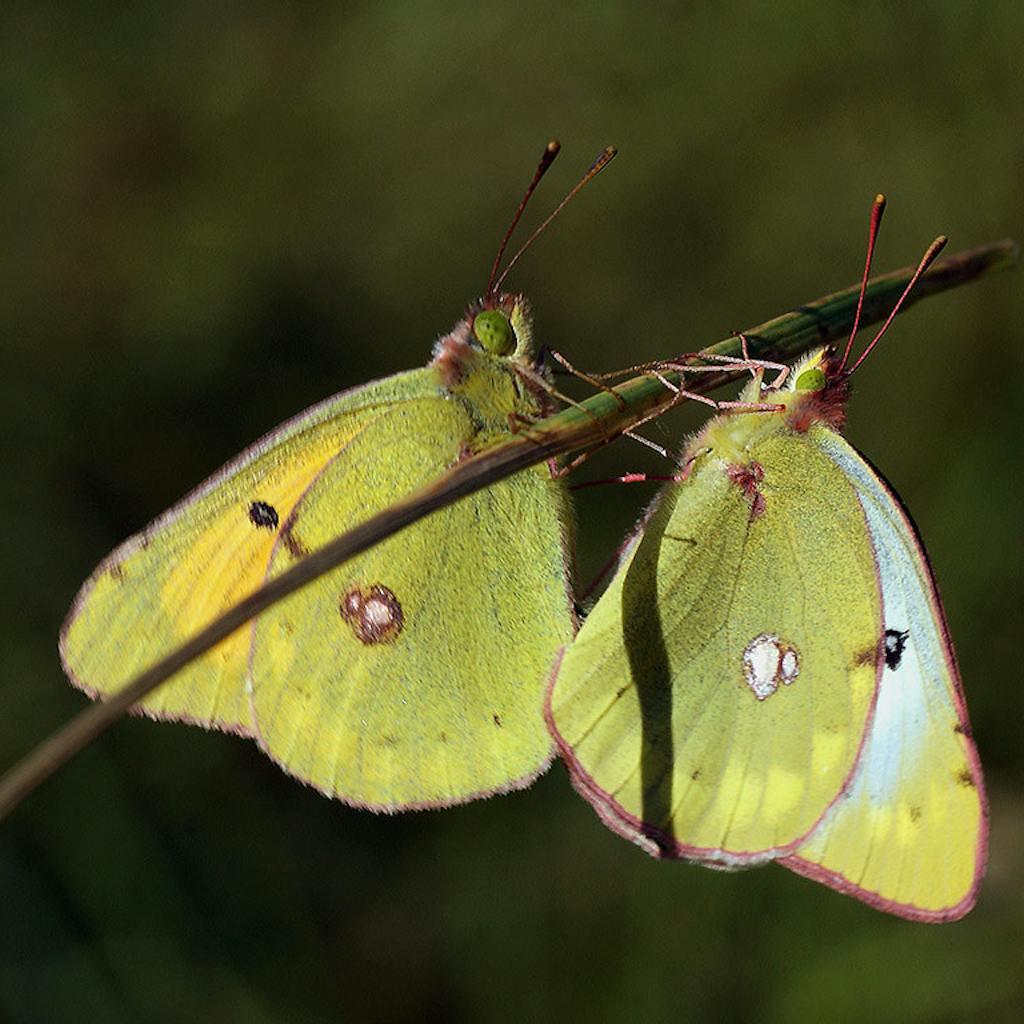
Shaping Europe’s Grasslands Through Grazing
Evidence from pollen analysis and the complex plant and animal communities found on European grasslands today suggests that the Post-Glacial landscapes of Central and Western Europe consisted of a mosaic of closed forests, open woodlands and grasslands. Arid conditions and the presence of megafauna, that roamed freely and grazed, were key factors in creating conditions for grassland communities to develop. Ancient species like bison, aurochs (wild ox) and tarpan (wild horse) were some of the natural grazers who would have grazed, trampled and disturbed European landscapes for millenia, maintaining a diversity of grassland habitats and the conditions for grassland species to thrive in.
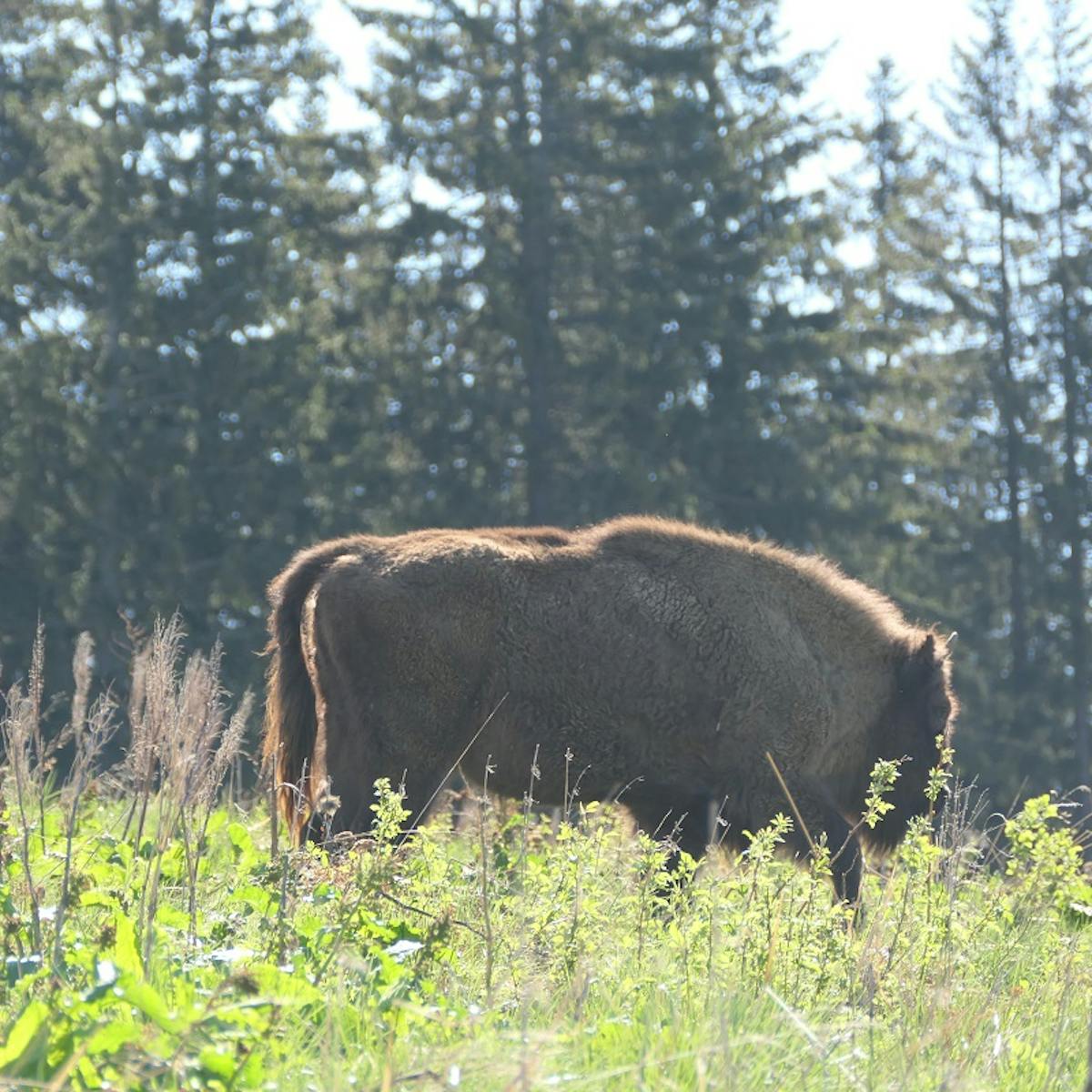
Dependency on Humans
With the disappearance of grazing megafauna, traditional animal husbandry and grazing practices took over this function to some extent. Compensating for the loss of megafauna in this way allowed grassland species to survive. Today, many of the remaining biodiverse areas we see in Europe, particularly semi-natural grasslands, are heavily influenced by human activity. Coming as a positive side-effect of traditional farming practices, the most diverse grassland habitats we find in Europe today were maintained or created by grazing of domesticated livestock. However, several factors, including land abandonment and the shift towards intensive farming practices, has led to the degradation of many important habitats. The absence of grazing animals has impacted species within both grasslands and woodlands, who rely on open grazed areas, clearings, grass patches or open woodland margins. As such, the main threats to European butterflies are habitat loss and habitat fragmentation driven by changes in land use relating to:
- Intensification of agricultural production: increased demand leading to habitats such as meadows being turned into cropland.
- Abandonment of traditional low intensity (extensive) grazing and mowing for hay. A myriad of complex social and economical factors are believed to be causing widespread land abandonment in Europe. One of these influences comes from increased agricultural intensification that has moved farming from marginal areas using traditional farming to more productive lands elsewhere. Ceasing traditional farming practices in these marginal areas has led to the succession by shrubs and trees which gradually outcompete the flowering plants and grassess required by insects.
- Use of insecticides: studies shows these pesticides are having harmful side-effects on butterfly and other insect populations.
The following issues are additional factors affecting butterfly numbers in Slovakia and the project area: misdirected subsidies for intensive large-scale mowing, especially mulching of meadows in the wrong time of the year; and past afforestation initiatives using pine trees.
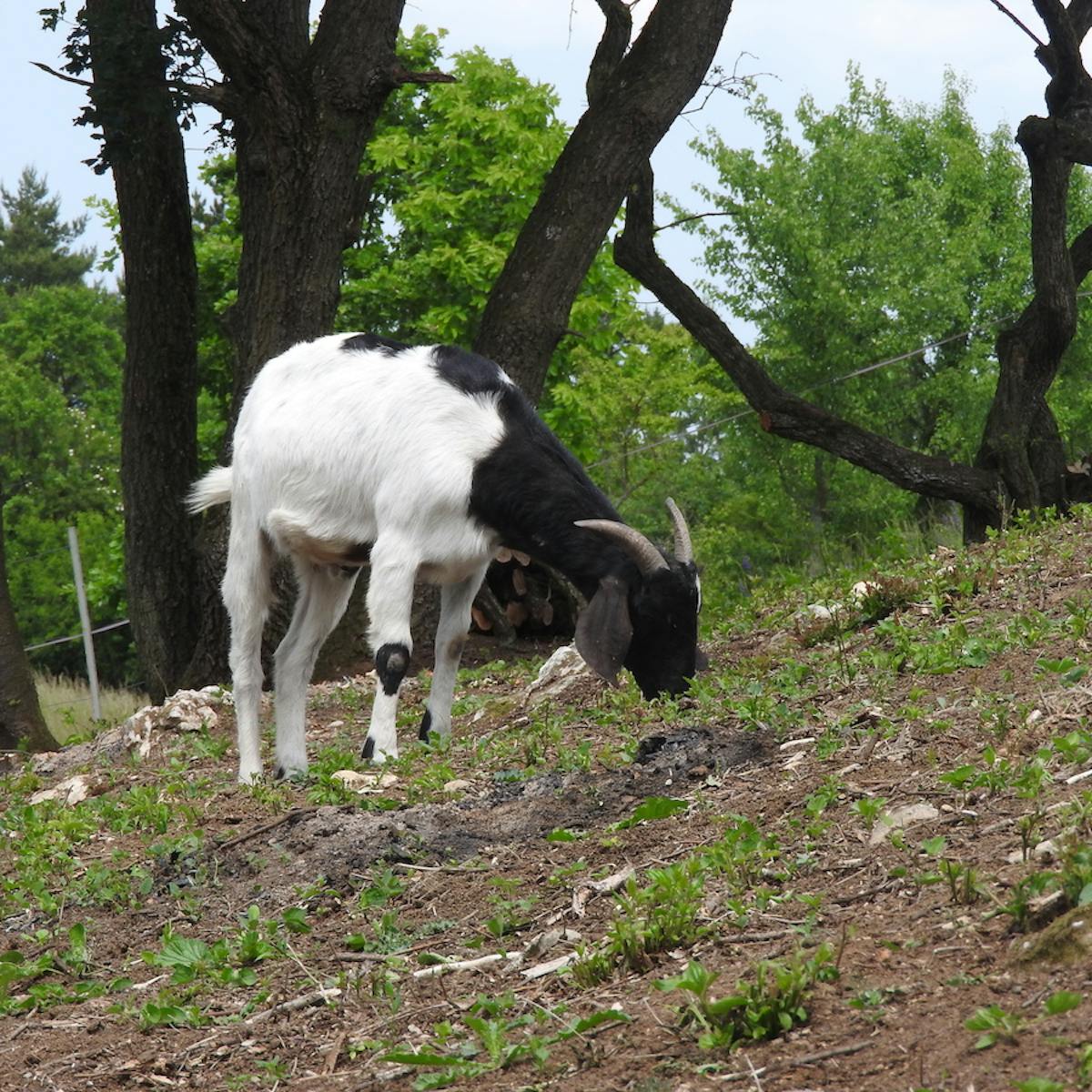
Beckovske Skalice: a refuge for butterflies
Beckovske Skalice in West Slovakia is a hilly mosaic of different grassland and open woodland habitats situated in the middle of a river floodplain between two mountain ranges. Surrounded by urbanised and agricultural land, this place functions as a micro-reserve for pollinating butterflies, moths, bees and their host plants. The importance of the area for biodiversity is marked by its designation as a Natura 2000 protection site. The site was designated for the protection of rare moth and butterfly species, Jersey Tiger (Callimorpha quadripunctaria), Orange eggar (Eriogaster catax) and Danube clouded yellow (Colias myrmidone). 70 plus species have been recorded there with potentially just as many moths. Although recent monitoring didn’t detect the Danube clouded yellow nor the Orange eggar, they are believed to be present, just in very low numbers. The Danube clouded yellow is of particular concern with recent extinctions in Germany, Austria, Hungary and the Czech Republic, making it one of the most endangered butterfly species in Central Europe. In Slovakia, this species appears very sporadically, indicating it’s on the brink of extinction. Unfortunately, this trend is playing out for insects in general. Recent studies have flagged rapid declines in insect biodiversity and abundance across Central Europe.
Used in the past as a grazing site, the current state of Beckovske Skalice is unfavourable for both butterflies and moths as the overgrowth of woody plants is crowding out the open areas with butterfly host plants. Should the area be left to continue this progression, the remaining available habitat for butterflies, moths and other insects would ultimately disappear.
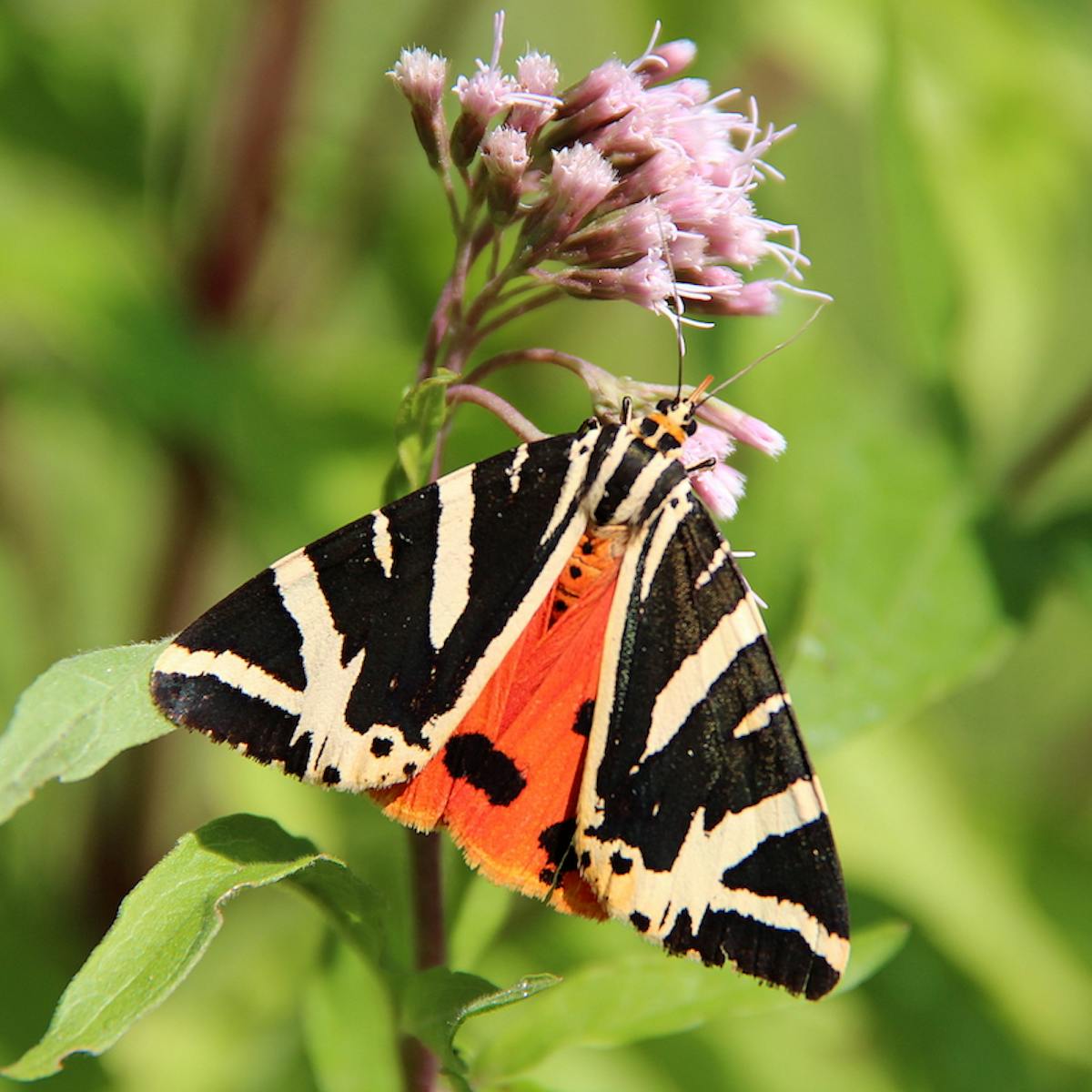
Our Project
The main objective of this project is to improve and expand the shrinking butterfly and moth habitats at Beckovske Skalice. To achieve this, we are collaborating with BROZ to recreate a mosaic of grassland and open woodland areas so insect host plants can flourish. This will involve adopting conservation grazing using husbandry animals as well as removing overgrown shrubs and trees.
Many of the threatened butterfly species at Beckovske Skalice are specialists that either feed exclusively on one plant (monophagous) or a few plants (oligophagous). These plants include those from the genus Thymus, aromatic perennial herbaceous plants, and from Chamaecytisus or Gentiana, both groups of flowering plants. The former are known to prefer low vegetation cover shaped by grazing, while the latter groups grow well in places where the soil has been disturbed by trampling. With this in mind, a few different grazing herbivores will be used for their differing grazing styles. Goats have been chosen because of their preference for shrubs and ability to access rocky terrain. Sheep, who graze low on the ground will benefit the habitat by keeping ground vegetation short in height, catering to some host plants. Browsers such as donkeys will also be added to keep succession by woody vegetation at bay.
It is not enough to reinstate grazing herbivores then to stand back. Due to the relatively small area, we will need to monitor the densities of vegetation and butterfly populations, and if needed carefully adapt the grazing pressure should there be signs of overgrazing or undergrazing. For this task, BROZ will draw on expert botanists and entomologists as well as from their experience of similar interventions in the region. For more details, see Monitoring below.
The other component of this project addresses the overgrowth of shrubs, especially the artificially introduced pines and non native acacia on the site. Without the grazers to keep the balance, these have gradually spread, consuming space and light needed by the butterfly host plants. Work has already begun to strip back some of this with 11ha (27 acres) being cleared last winter. However, there are still areas of open dry meadow and open oak woodlands that have to be cleared through laborious and careful work. Under the supervision of an expert the unwanted vegetation will be selectively removed while leaving the native trees such as oaks or chesnuts. Once the remaining overgrown areas of 6ha are cleared, the grazing area will total 17ha.
Our goal with this intervention is to not only save struggling butterfly and moth populations but in doing so restore one of Europe’s most threatened habitats - oak wood pastures and dry orchid meadows. By creating more suitable habitat conditions, other pollinating insects such as solitary bees, bumblebees, grasshoppers and beetles also stand to benefit.
The project costs are shared between the project partners, with BROZ covering staff, travel and husbandry animal costs, while funds from the Mossy Earth membership will pay for materials and infrastructure for the grazing and the expenses for removing the overgrowth.
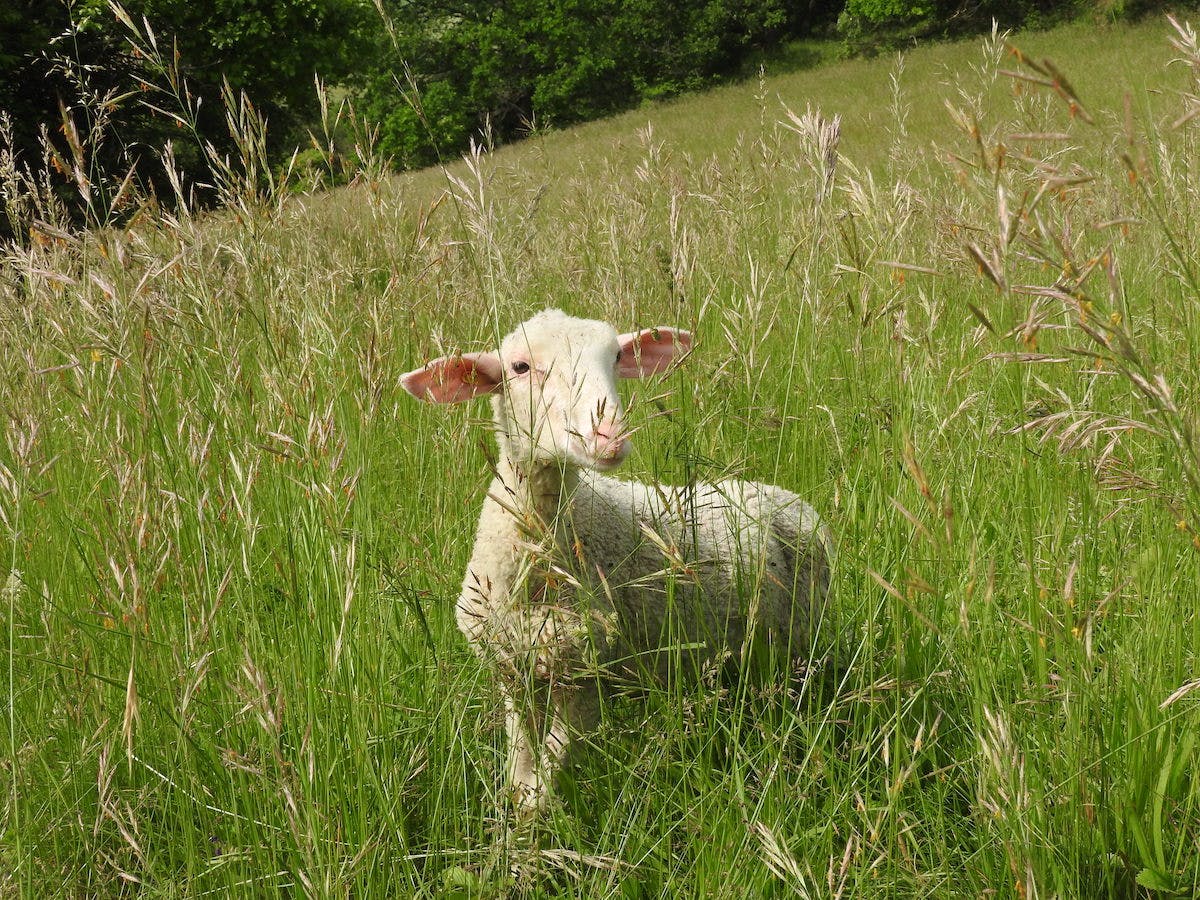
Monitoring
Expert botanists and entomologists will carry out the project’s monitoring to track changes in species abundance and composition. This will happen on a yearly basis, with reports to be published in 2026 and 2029. Following these, monitoring will be done every 3 years as a part of the regular monitoring of habitats and species of European importance conducted by the State Nature Conservancy.
To support butterfly populations in the long term, conservation grazing needs to be sustained. For this, the area is part of the LIFE Metamorphosis project and the After Life pledge. This agreement ensures the area will be managed for grazing until at least 2059. Following this period, grazing will depend on the availability of funding and agreements with local stakeholders.
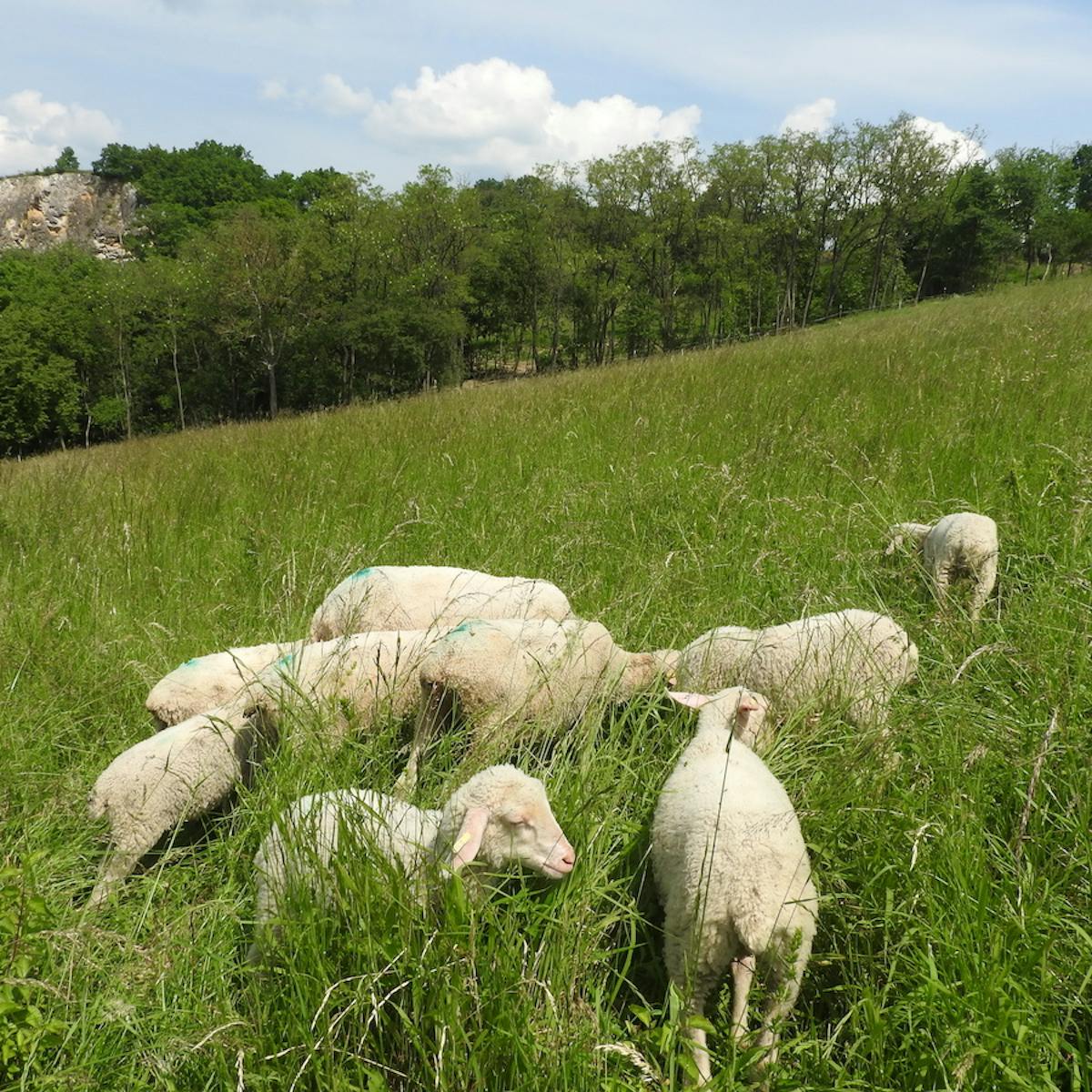
For me this project stands out because it shifts the paradigm. It shows how people can not only coexist with nature but also that our presence can actually benefit nature.
Adriana Brossmannova, Project Manager @ Mossy Earth
Wider Benefits
This project expects to engage several stakeholders in a positive way. Firstly, the changes to the project site will benefit the landowner, improving the state of the land after years of abandonment. Secondly, a local farmer and restaurant owner will also use a part of the area to graze his animals. The cottage restaurant serves a selection of specialities made from sheep cheese produced locally, which could draw in more custom. Finally, there is the possibility of delivering a small boost to local tourism as a tourist trail runs through the site. An attractive butterfly meadow will no doubt add to the touristic appeal of the area. There is a local tourist club association that organises events and is willing to cooperate and create new trails. This aims to prevent crossings with grazing fences and to act as a source of information and inspiration on butterfly and insect species during excursions.
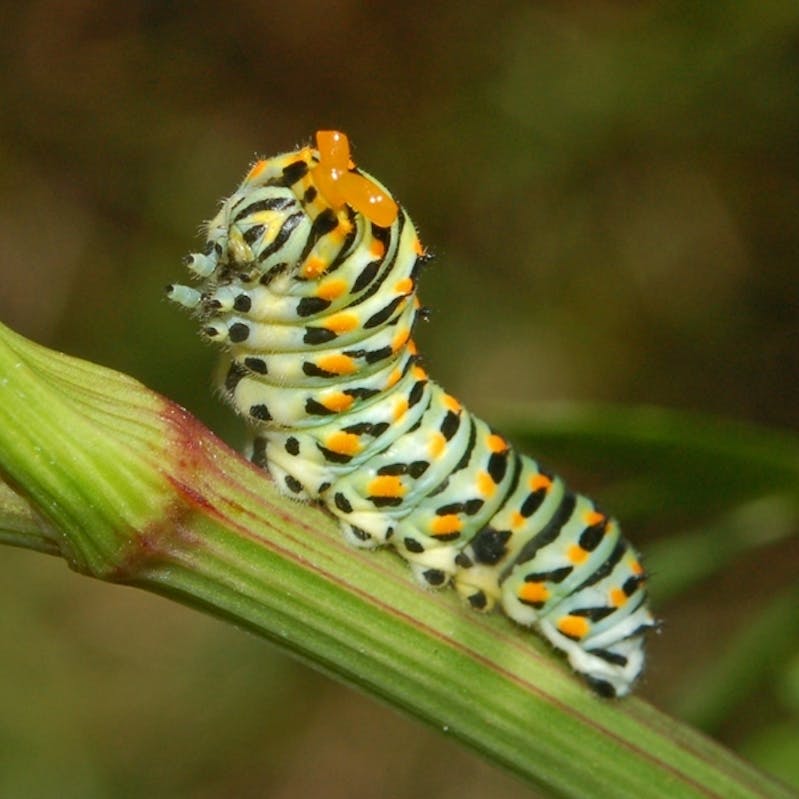
Our Vision
Broadly speaking, rewilding is often seen as an approach to conservation that removes the pressure of people on the land. In the case of European butterflies, the species and their habitats have continued to evolve in cultivated landscapes for thousands of years. Instead of removing humans from the picture completely, it is in fact, vital that our carefully managed influence on these semi-natural habitats continues in order to sustain these precious habitats and species. Our vision for this project is to reinstate human management of the land for a positive outcome for biodiversity.

The Beautiful Butterflies of Beckovske Skalice
Below is a selection of the stunning species recorded in the project area.
Project Discussion
Mossy Earth project manager, Adriana, meets with Mossy Earth Community Manager Meija to discuss the project's objectives and to give more background on why it's needed. Also, check out our Transparency Dashboard where you can see all the species of butterfly we are trying to protect.
the team behind the project
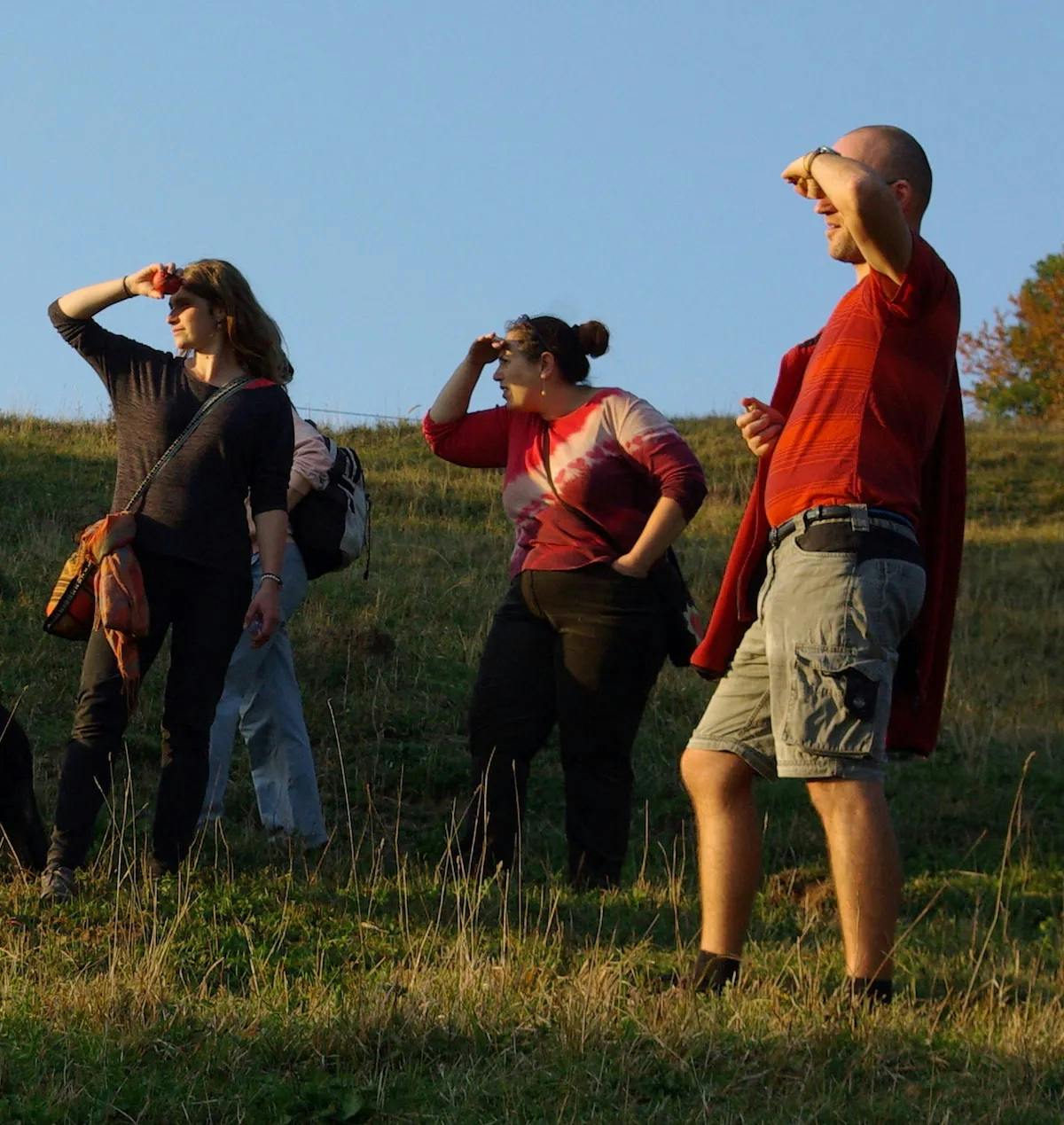
Katarina Tuharska (centre), Project Manager at BROZ
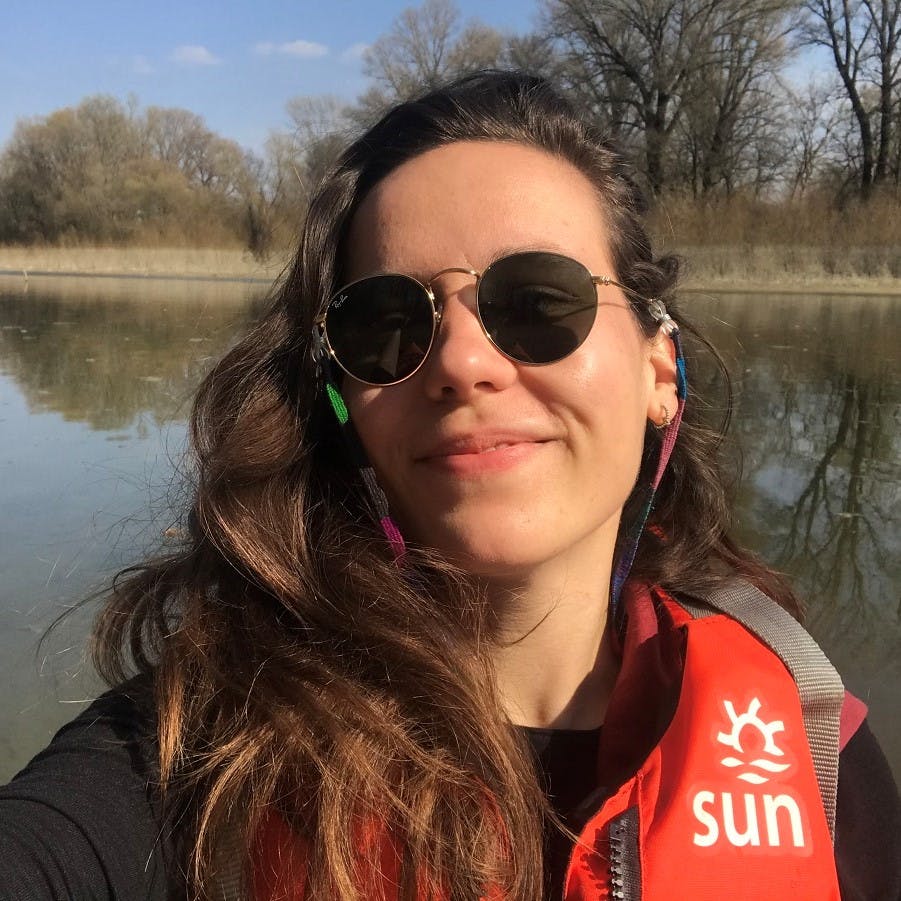
Adriana Brossmannova, Conservation Biologist, Mossy Earth
Sources & further reading

- “Grassland butterflies and low intensity farming in Europe” - Dover, J. & Spencer, S. & Collins, S. & Hadjigeorgiou, Ioannis & Rescia, Alejandro. (2011)
- “Origin and history of grasslands in Central Europe – a review” - M. Hejcman, P. Hejcmanová, V. Pavlů, J. Beneš
